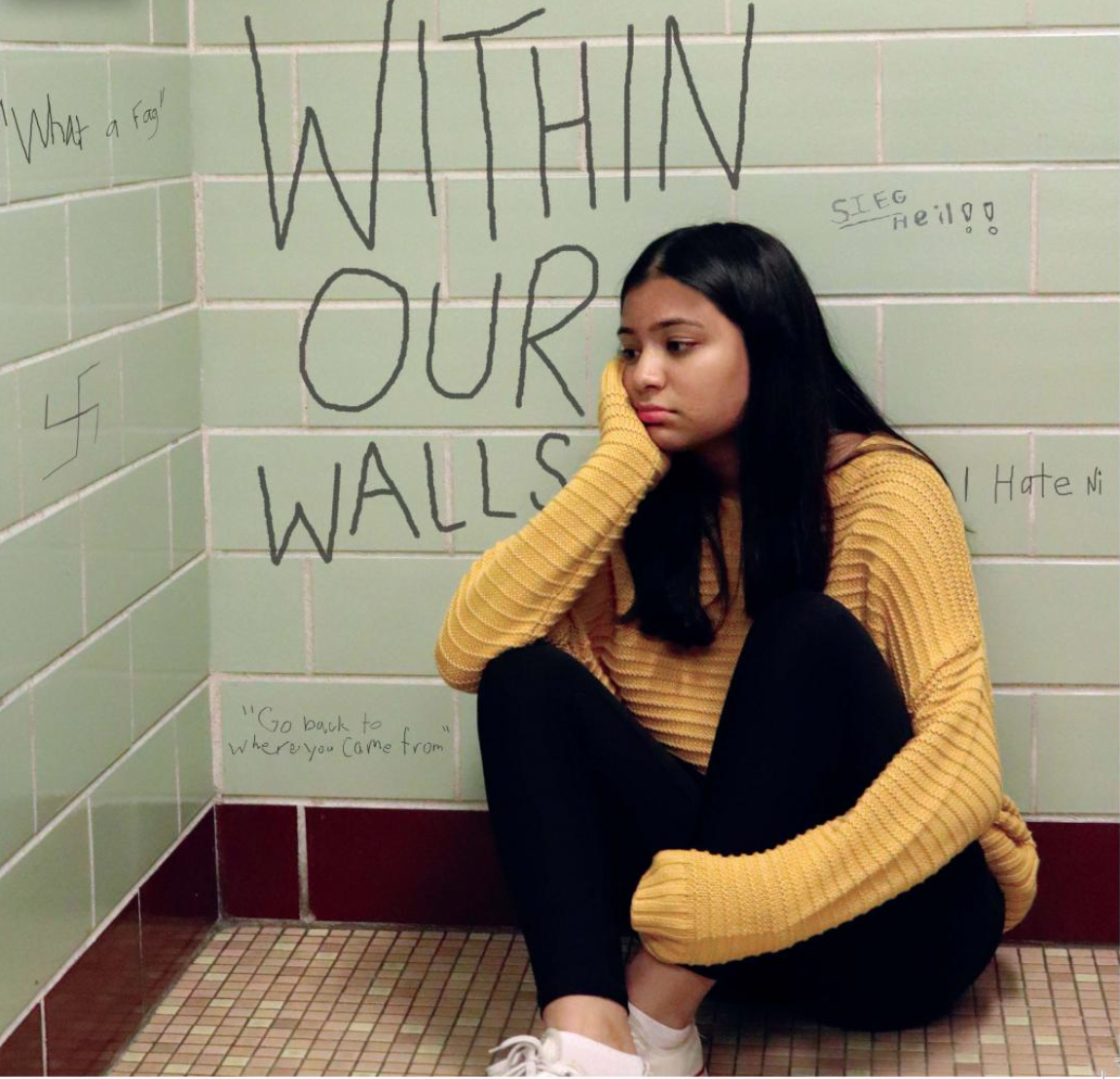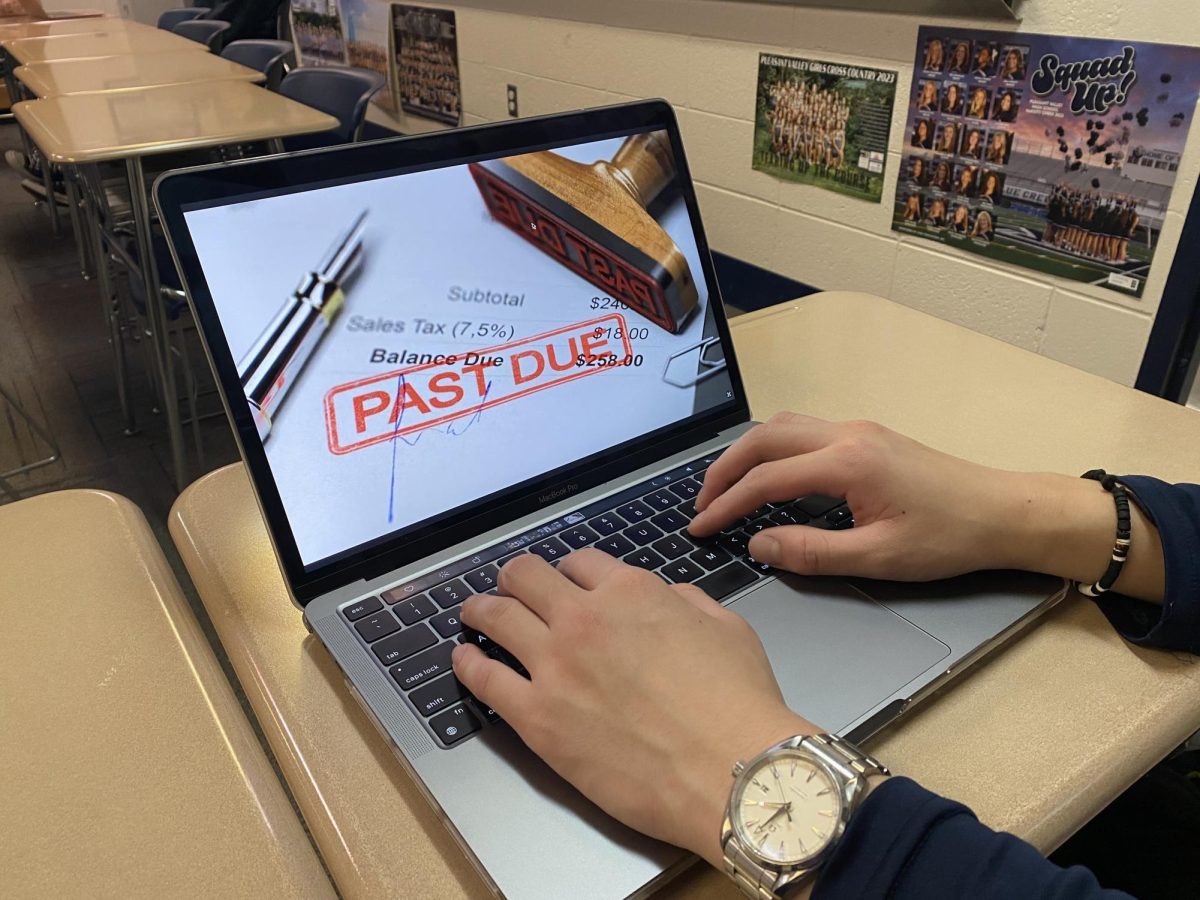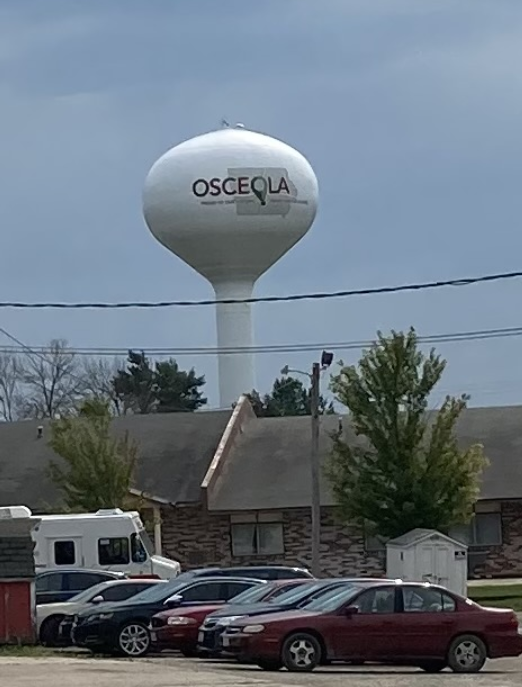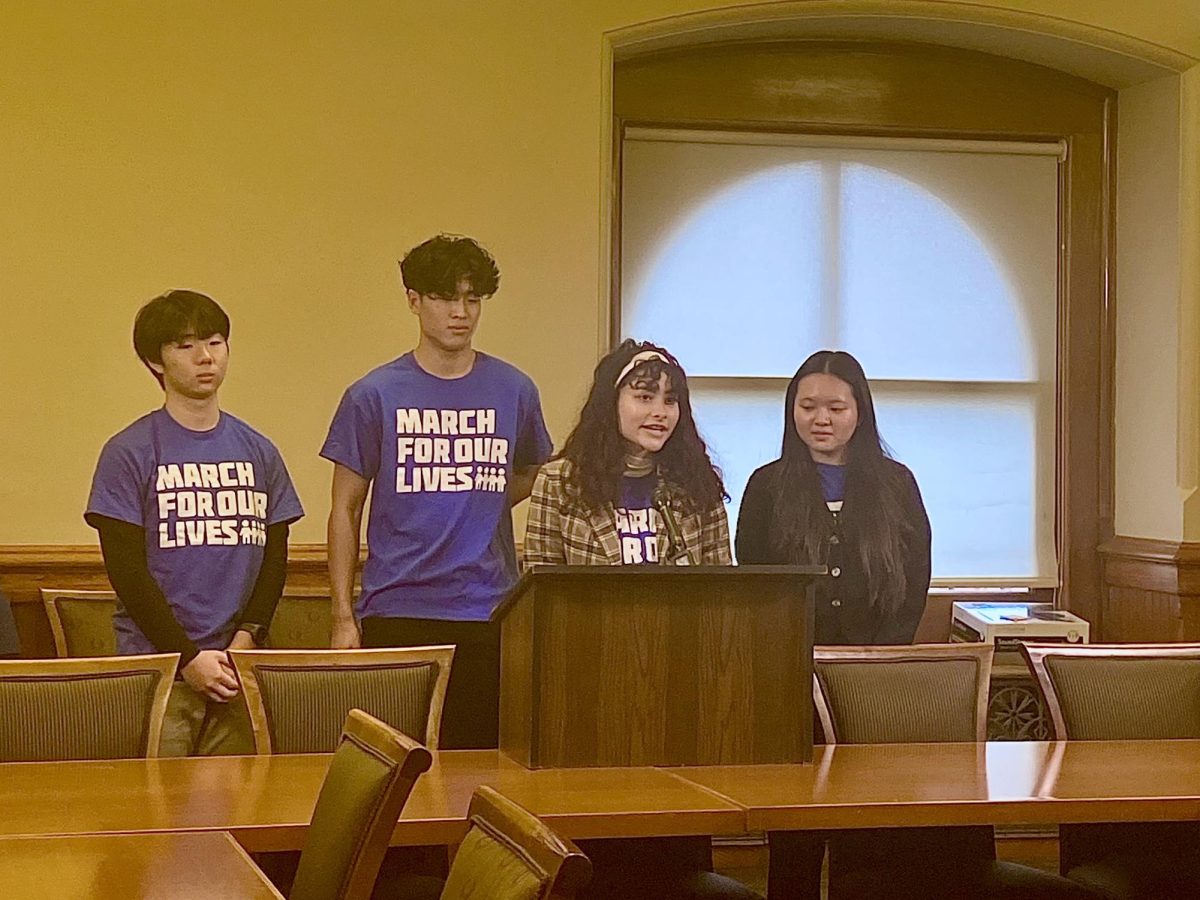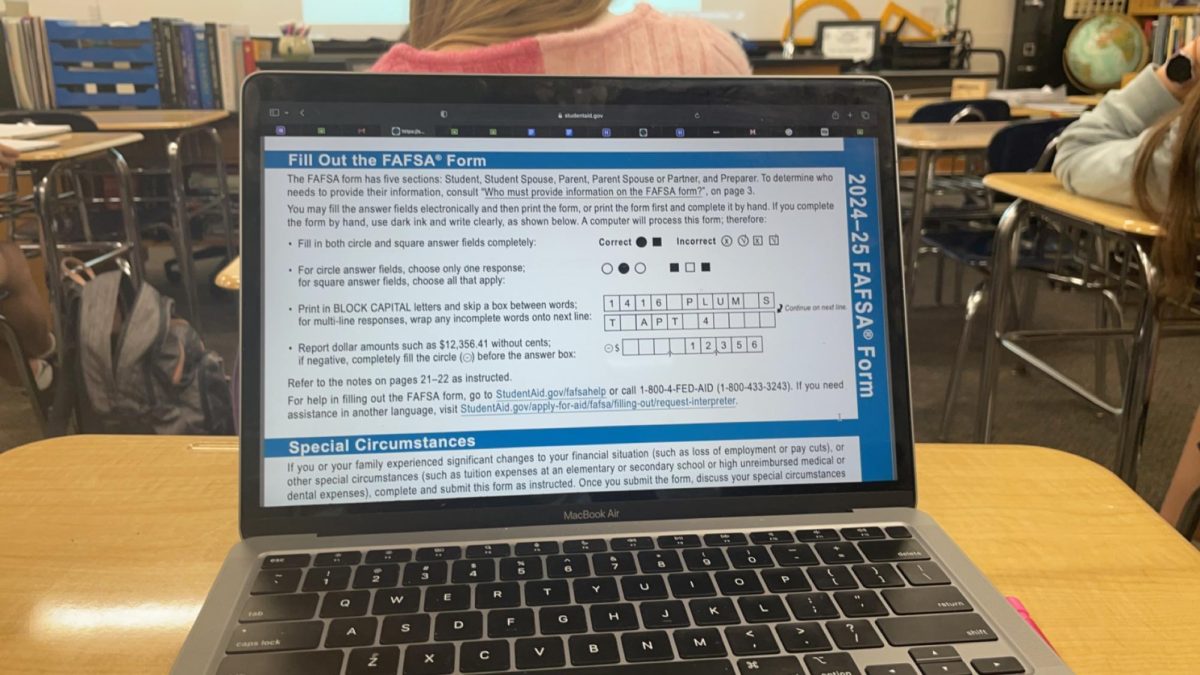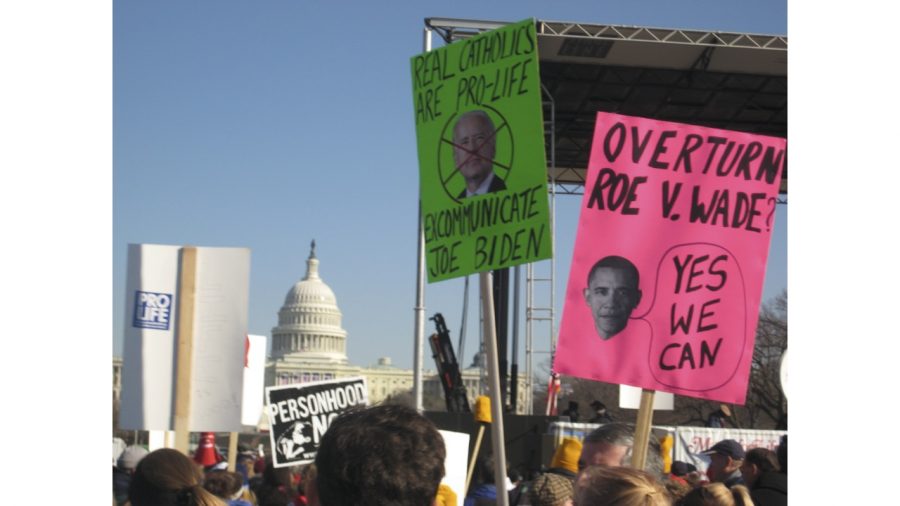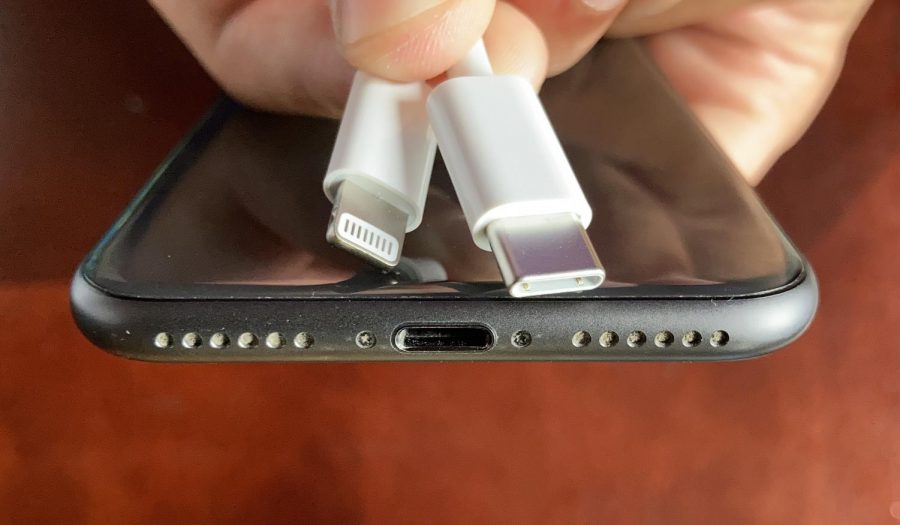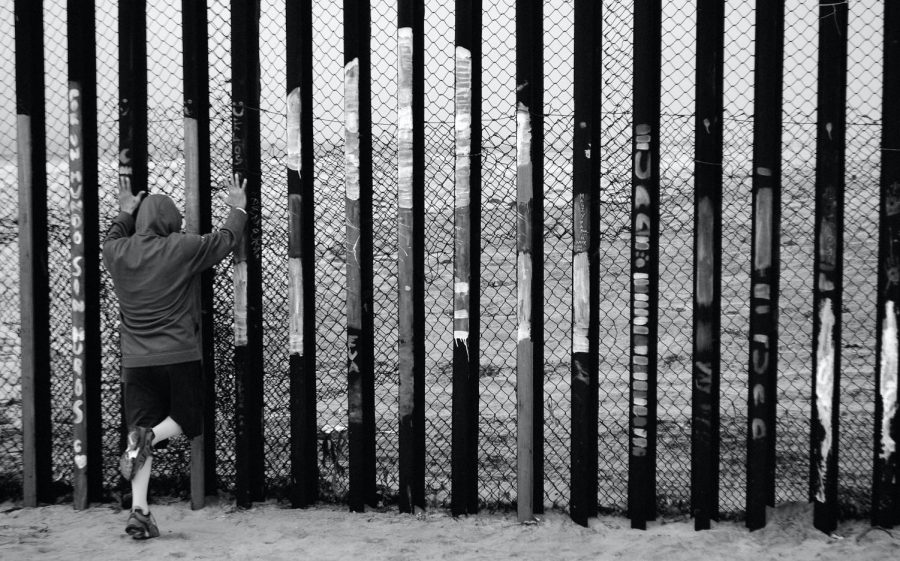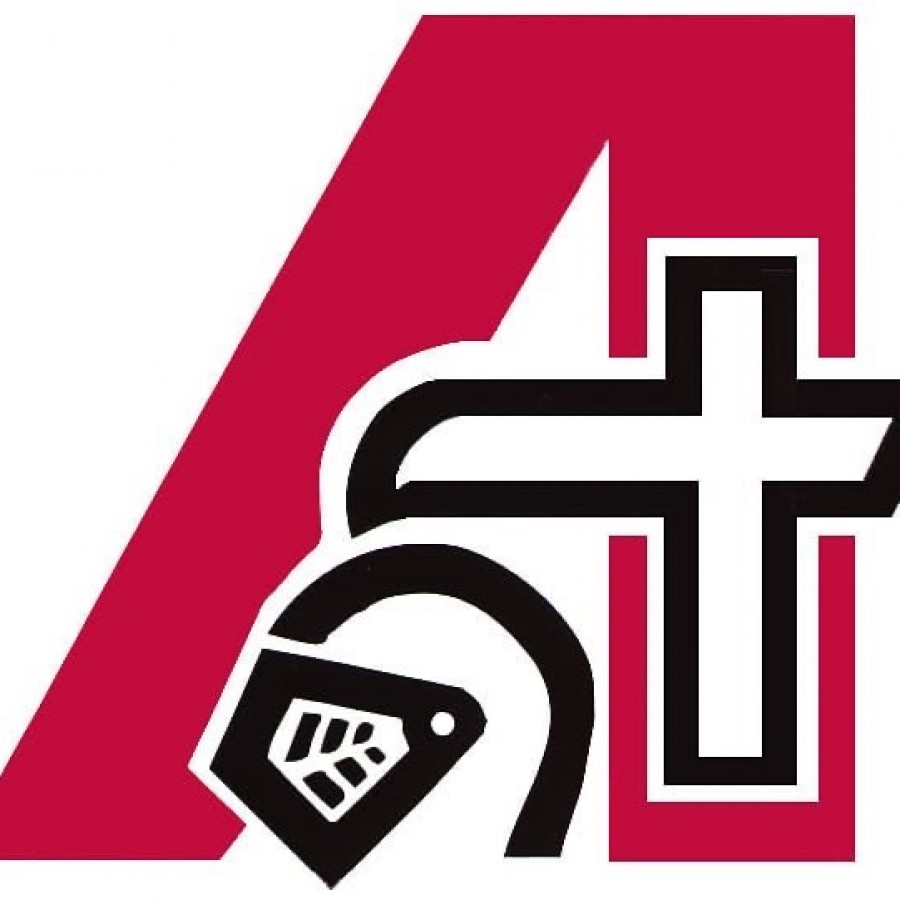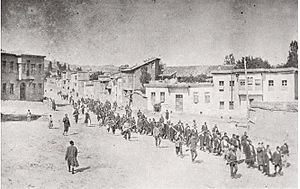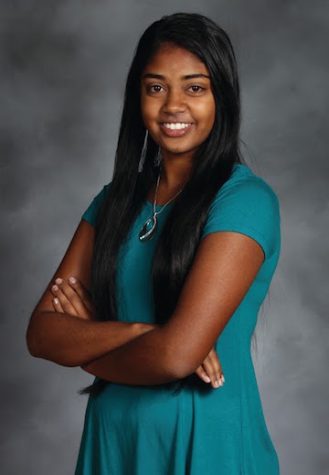Executive orders are being implemented left and right by a president who was recently elected into office. This presidential power has already been put into effect twenty times since the Inauguration Day of President Trump. But what exactly does an executive order entail?
Executive orders, or proclamations, are official documents signed by the president which declare government policy. Essentially, these proclamations give the president the ability to change government policy without congressional approval. They are powerful, in that they allow the president to give operational instructions to specified federal agencies and departments about how to make use of resources.
Article II of the Constitution, states, “The executive Power shall be vested in a President of the United States of America.” Executive orders are included under the realm of “executive actions”. Executive actions just constitute a broader set of actions, including presidential memos. The Constitution requires that the president is the Commander-in-Chief and “shall take Care that the Laws be faithfully executed”.
According to the Congressional Research Service, there is no direct “definition of executive orders, presidential memoranda, and proclamations in the U.S. Constitution, there is, likewise, no specific provision authorizing their issuance.” Because executive orders are based on these sections from the Constitution, and not directly stated, ambiguity is present in the process.
Executive orders, as a result of their somewhat ambiguous nature, are sometimes classified as a controversial topic. Because these orders allow the president to proceed unilaterally (without congressional consent), presidents who utilize them risk a dictatorial reputation or responsibility for any policy which is not favorable among the people.
So far, in his term, President Trump has put executive orders into action regarding a multitude of topics. When looking at overall presidential usage of executive orders, President Franklin D. Roosevelt stands with the highest amount executed. President Trump’s beginning days in office were full of executive actions, but this is not necessarily uncommon. President Barack Obama implemented nine executive orders in his first day of office. While it is a trend for some presidents to implement many executive orders right when they are sworn in, the amount that each president uses this power has ranged greatly in history. For example, President John Adams had only one order in total.









